Every year on the full moon of September in the Lunar calendar, the Plum Village sangha holds a commemoration ceremony for Zen Master Tang Hoi. He is known as the earliest Buddhist meditation master of Vietnam. Please enjoy getting to know a spiritual ancestor of Plum Village and some photos from the ceremony with extracts from Thich Nhat Hanh’s book, Master Tang Hoi.
We express our gratitude to Zen Master Khuong Tang Hoi who has within him a great aspiration to help without hesitation in the face of troubles and hardship, and is determined to bring light to those places still enveloped in darkness.
Master Tang Hoi wrote the preface to the Chinese translation of the Anapananusmriti Sutra, “Discourse on the Full awareness of Breathing”, and with two lay friends translated this sutra from Sanskrit to Chinese. This sutra forms one of the basic practices of the Plum Village tradition.
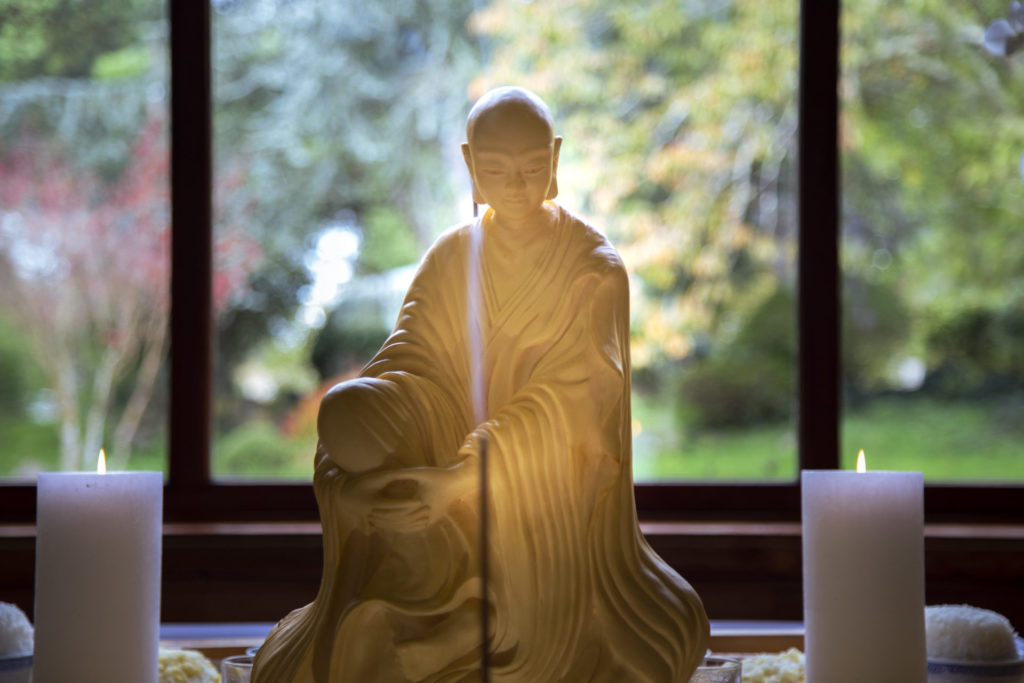
Noble silence and Solitude
That was his path.
With the mind of a free person
And emotions unattached,
He brought a lamp to shine the way.
He was able to awaken people.
Overcoming all obstacles he went far,
Never Caught in worldly things.
The Life Of Master Tang Hoi
Master Tang Hoi was born sometime in the first decade of the third century. The date of his death has been recorded at 280 C.E. His father was of Sogdian descent. Sogdian was a province in Central Asia in what is now Uzbekistan. His mother was native of Jiaozhou (Vietnam). When Tang Hoi was only ten years old, both his parents passed away, and he was accepted in a local temple as a young novice in a monastery in Luy Lau, the capital of Jiaozhou, in the province of Bac Ninh in what is now northern Vietnam.
Mindfulness of Breathing is the Great Vehicle used by the Buddhas to save beings.
Master Tang Hoi
Tang Hoi not only lost his parents at an early age, he also lost three of his primary teachers in the monastery. Though he was saddened by these losses, Tang Hoi was determined to practice and devote his life to helping others practice. He went on to establish a major practice center in Luy Lau, which may have been named Dharma Cloud Temple, where a large community of Vietnamese monks lived and practiced Buddhism under his guidance.
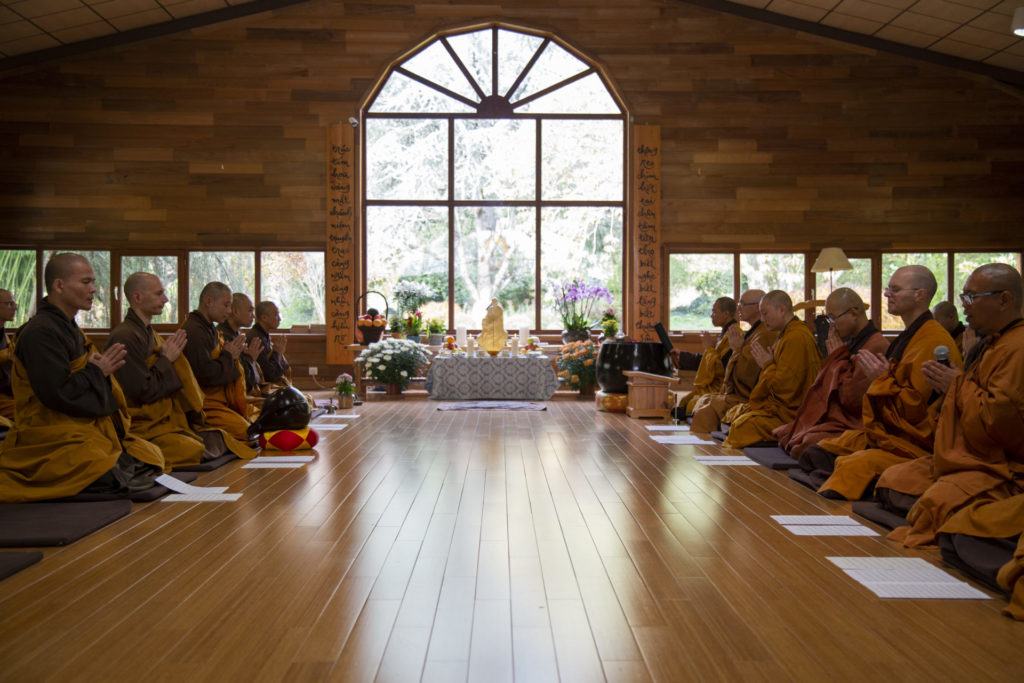
Under Han rule of China, it was forbidden for people to ordain as Buddhist monks. However, because Jiaozhou was such a remote part of the Han Empire, Buddhists were able to maintain a monastic Sangha composed of local monks and Indian monks who took residence in Luy Lau. In Tang Hoi’s center, Buddhist scriptures were translated from Sanskrit into Chinese. The Anapananusmriti Sutra and many sutras were translated here with the help of some laymen who knew both Sanskrit and Chinese.
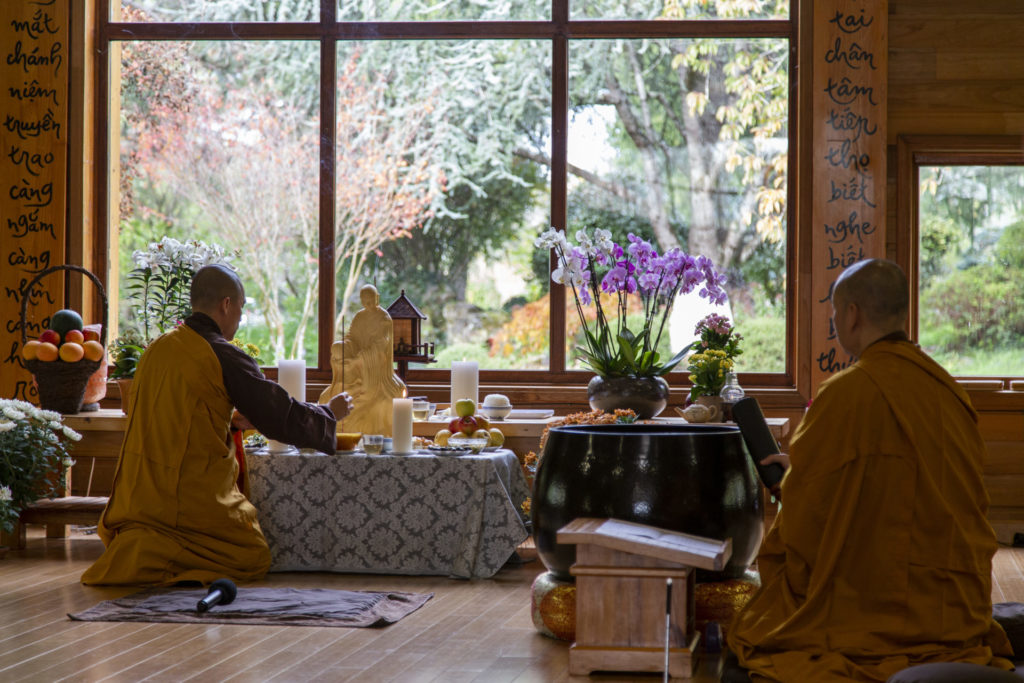
After practicing and teaching in Luy Lau for some years, in 247 C.E, Tang Hoi went to Jianye, the Wu capital. There he built a small hut and settled in to practice. When Tang Hoi arrived in Jianye, however, people were very suspicious of him. Finally, King Wu Sun Quan summoned Tang Hoi to court. He questioned Tang Hoi and asked why he had come to Jianye. Because Tang Hoi was strong in his practice and a learned monk, he eventually was able to win over King Wu Sun Quan.
Tang Hoi established a practice center in Jianye, the First Temple, was also called Buddha ‘s Center. He organized ordination ceremonies and taught the monks. For the first time in its history, natives were allowed to ordain and practice as Buddhist monks.
But the “new” religion was not always supported by the rulers. When King Wu Sun Quan passed away, his son, Sun Hao under the influence of the mandarins did everything he could to oppose Buddhism. Nearly all Buddhist temples in the region were destroyed, although the king and the Wu mandarins did not dare to touch the First Temple because of its prestige. Though the King did not destroy the temple, he forced the name to be changed.
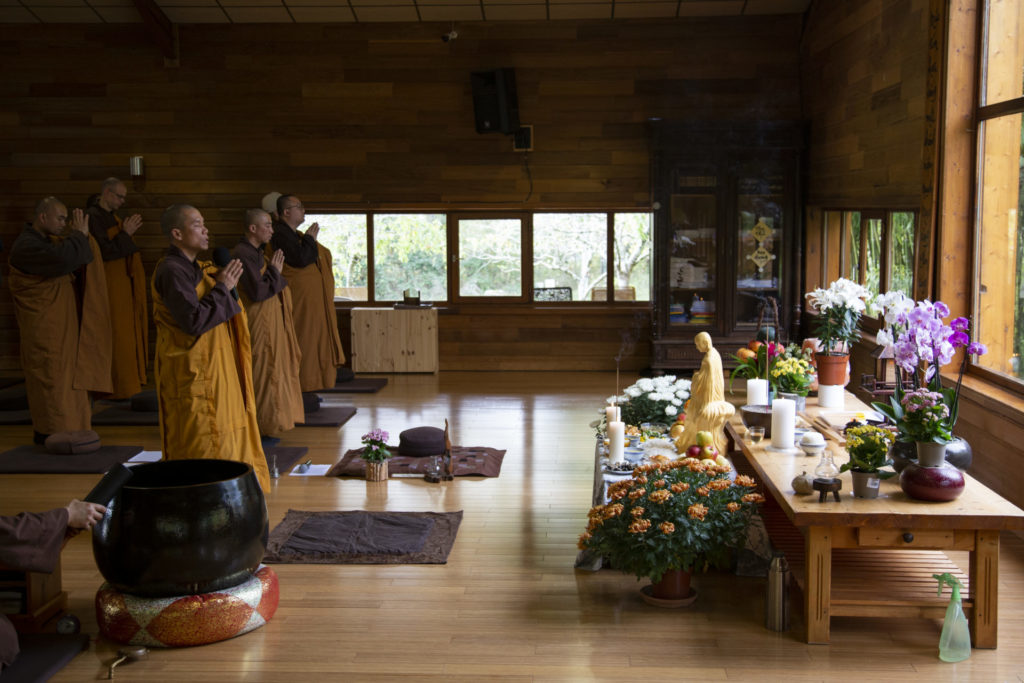
King Sun Hao summoned renowned intellectuals to challenge Tang Hoi and discredit his teachings. Many members of the Chinese intelligentsia from the capital were present at the debate, which went on from early morning until late at night. Tang Hoi did not flinch. After that, the King could only admire Tang Hoi, and from that time he stopped opposing him. He asked to take refuge and receive the Five Mindfulness Trainings.
The First Temple continued to serve as an important center until the Minh era (fifteenth century). Many descendants of Tang Hoi’s lineage trained there. Unfortunately, during the violent political upheaval in south China from 1851-1864, the temple, which was the continuation of the First Temple, was destroyed. Today not the slightest trace of this important historical site is left.
Fortunately, the teachings of Tang Hoi are written in his own hand. They can be considered an exact record of what he taught in Jiaozhou and in the Wu province. We know that Tang Hoi’s preface to the Anapananusmriti Sutra was written before he left Jiaozhou for Dong Wu. Thus we can say with confidence that the Buddhist meditation tradition in southern China, in the region south of the Yangtze River (the Wu province of Jiangzou), was first established and structured by the Vietnamese monk and meditation master Tang Hoi.
Tang Hoi is not only a patriarch of the Meditation school in Vietnam but, because he went to China to teach meditation in the mid-third century, he may also be considered an early patriarch of the Meditation school in China.
"Tang Hoi says that when our aspiration to be awakened is strong, we do not need to force ourselves to concentrate or look deeply, we will quite naturally move in that direction. When we have a deep desire, a great aspiration, we are like scientists who want to discover something very important. Our body and mind, as well as our daily life, all go in that direction." Thich Nhat Hanh "We cannot see the mind because it has no visible image; we cannot hear the mind because it has no sound. If we go back in time to find it, we do not come across it, because it has no starting point. If we go in pursuit of it, we do not see it, because it does not have a conclusion. This mind is very deep and wonderful... During one day and one night, thirteen hundred thousand recollections can take place in consciousness and we are not aware of them, just as the person who is planting seeds in the dark. That is why we have to practice attentiveness, binding our mind to our breathing and counting our breaths from one to ten." Tang Hoi "When the impurities have been destroyed, the mind gradually becomes clear, brighter than precious jewels or the light of the moon. The attention of the mind to sensual desire and the impurities of the mind, which are like mud sticking to a clear mirror, are all wiped clean. Now this mirror is placed on the earth and turned up toward the heavens, and there is no world that does not reflect. The earth and the sky are endlessly wide but one mirror can embrace them all." Tang Hoi
From Thich Nhat Hanh, Master Tang Hoi: First Zen Master in Vietnam and China (Berkeley: Parallax Press, 2001)
© 20XX Plum Village Community of Engaged Buddhism




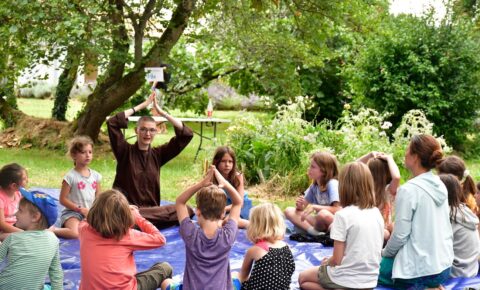
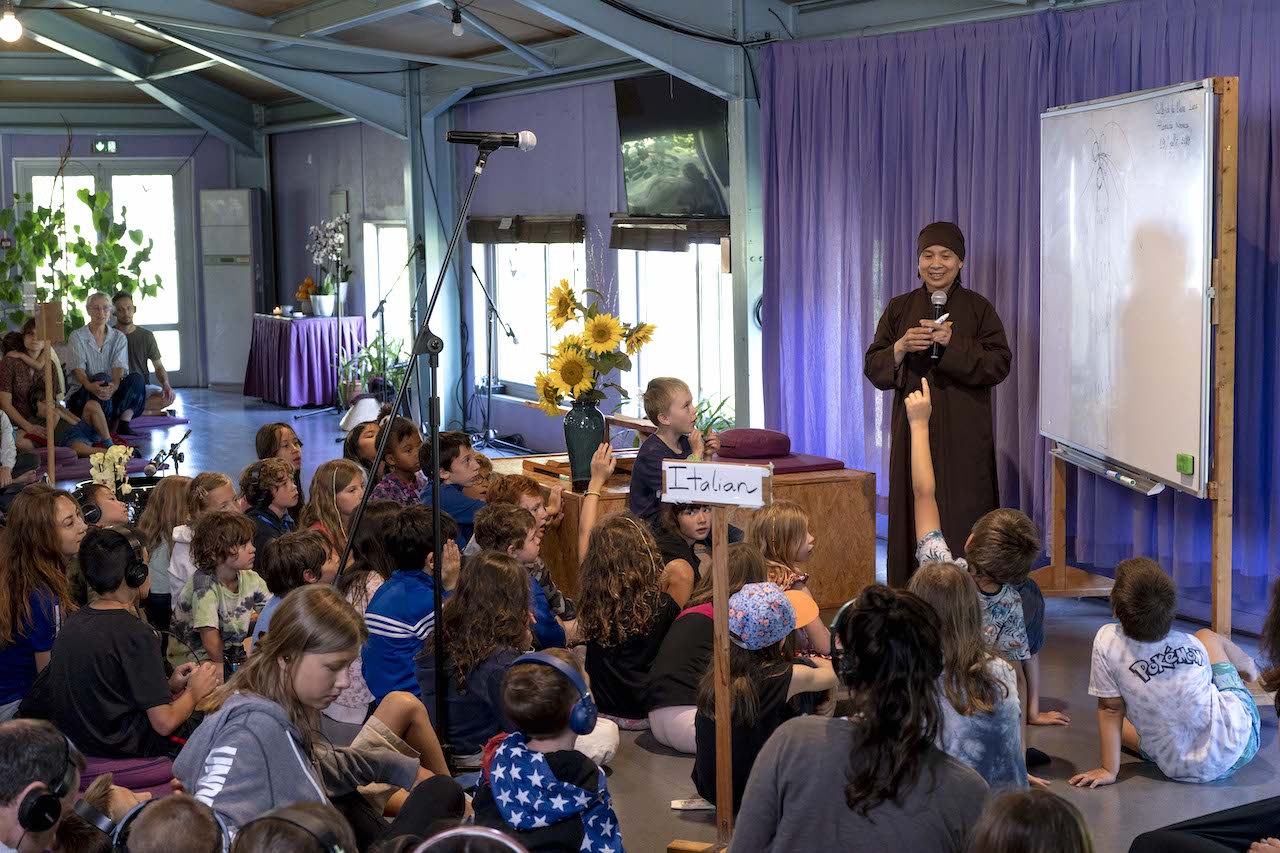
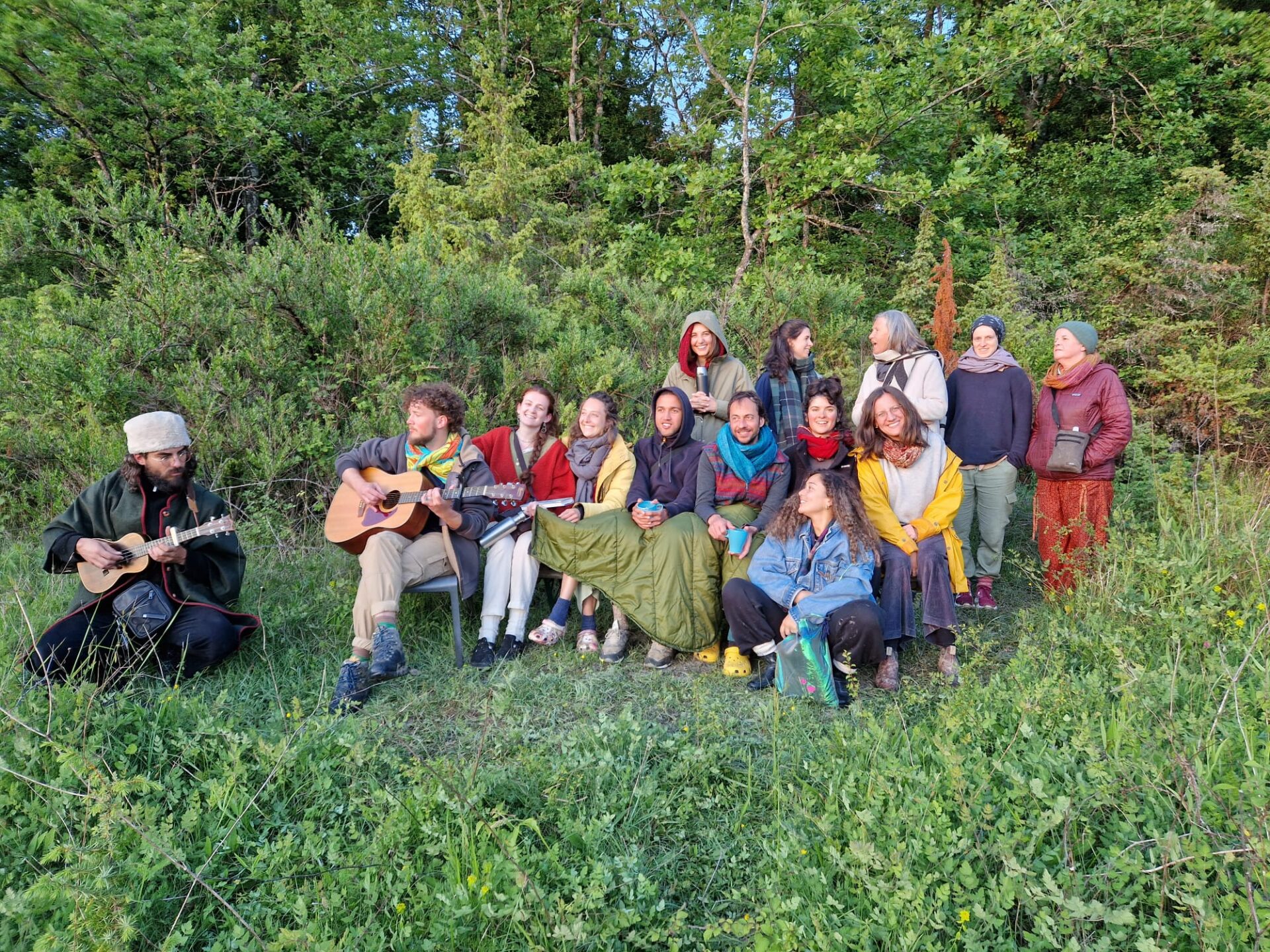
Join the conversation